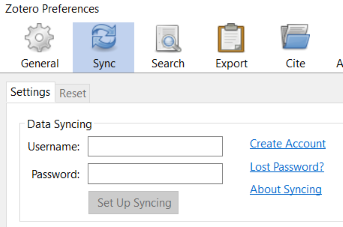Just to put my money where my mouth is, here is a formatted view of docker system df -v from one of my cloudrons which shows for each image what its "size", "shared size", and "unique size" is (I hope fits nicely):
REPOSITORY SIZE SHARED SIZE UNIQUE SIZE
cloudron/org.navidrome.cloudronapp 2.212GB 2.176GB 36MB
cloudron/im.riot.cloudronapp 2.223GB 2.176GB 47MB
cloudron/com.github.bitwardenrs 3.286GB 2.176GB 1110MB
cloudron/org.matrix.synapse 2.555GB 2.176GB 379MB
cloudron/org.jupyter.cloudronapp 3.358GB 2.176GB 1183MB
cloudron/io.gitea.cloudronapp 2.326GB 2.176GB 150MB
cloudron/github.pages.cloudronapp 2.286GB 2.176GB 109MB
cloudron/net.minecraft.cloudronapp 2.723GB 2.176GB 547MB
cloudron/org.fireflyiii.cloudronapp 3.269GB 2.176GB 1093MB
cloudron/com.docker.registry 2.284GB 2.176GB 108MB
cloudron/mail 2.844GB 2.176GB 668MB
cloudron/sftp 2.194GB 2.176GB 18MB
cloudron/io.minio.cloudronapp 2.236GB 2.176GB 59MB
cloudron/org.freshrss.cloudronapp 2.184GB 2.176GB 8MB
cloudron/postgresql 2.343GB 2.176GB 167MB
cloudron/net.roundcube.cloudronapp 2.239GB 2.176GB 63MB
infogulch/promnesia-app 2.224GB 2.176GB 48MB
cloudron/graphite 2.246GB 2.176GB 70MB
cloudron/turn 2.182GB 2.176GB 5MB
cloudron/com.electerious.lychee.cloudronapp 2.248GB 2.176GB 72MB
cloudron/mysql 2.495GB 2.176GB 318MB
cloudron/redis 2.182GB 2.176GB 6MB
cloudron/mongodb 2.299GB 2.176GB 122MB
infogulch/terminusdb-app 3.331GB 2.176GB 1155MB
cloudron/org.radicale.cloudronapp2 2.187GB 2.176GB 11MB
cloudron/base 2.176GB 2.176GB 0B
You might notice that the "size" of every image is at least 2.1GB, but that 2.1 GB is shared between all the apps (namely, cloudron/base) because they all use the same base image. And I don't see any world where I wouldn't pay 2.1 GB to have every one of my images be useably-debuggable in case I needed it.
All this said, there may still be opportunities to reduce image sizes by using multi-stage builds to only copy release files (and not source code) to the final image -- but there's no reason for that final image to not be based on cloudron/base.


